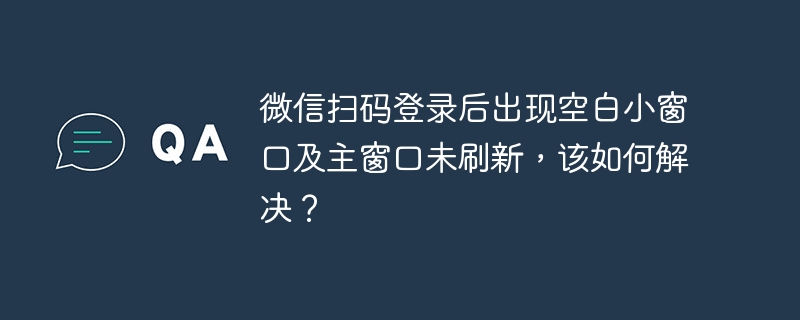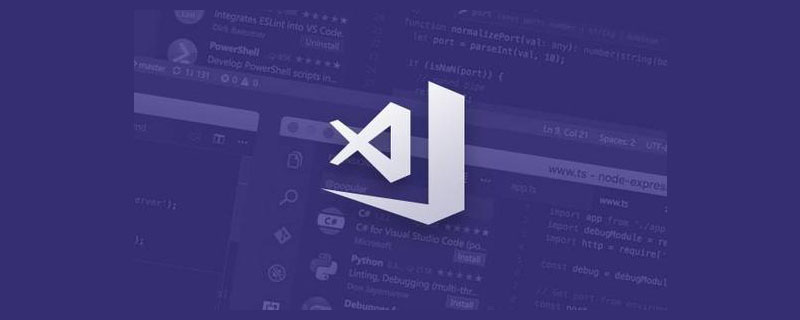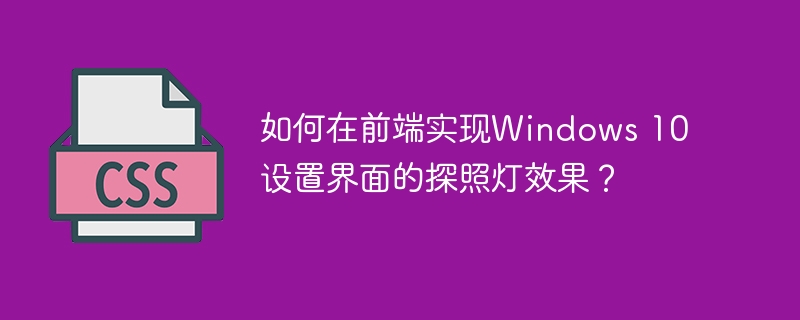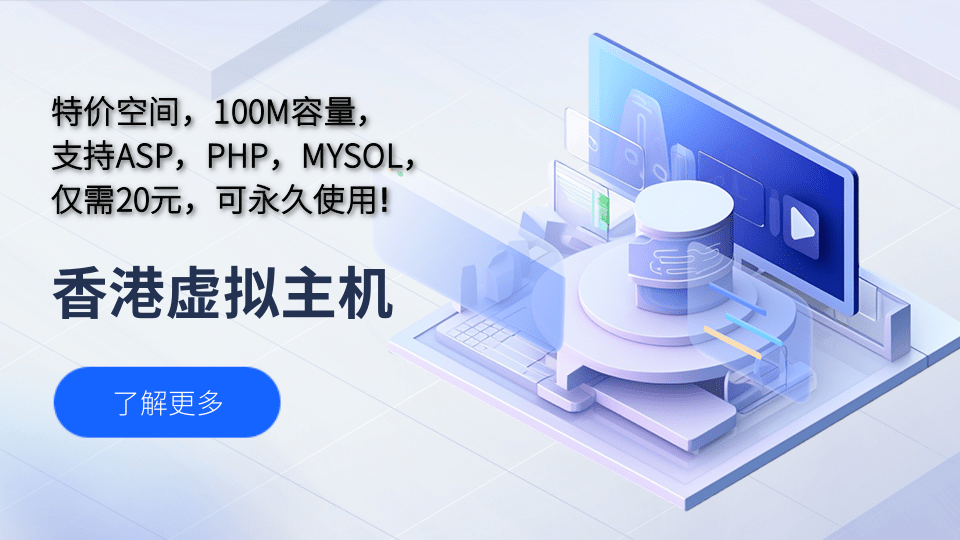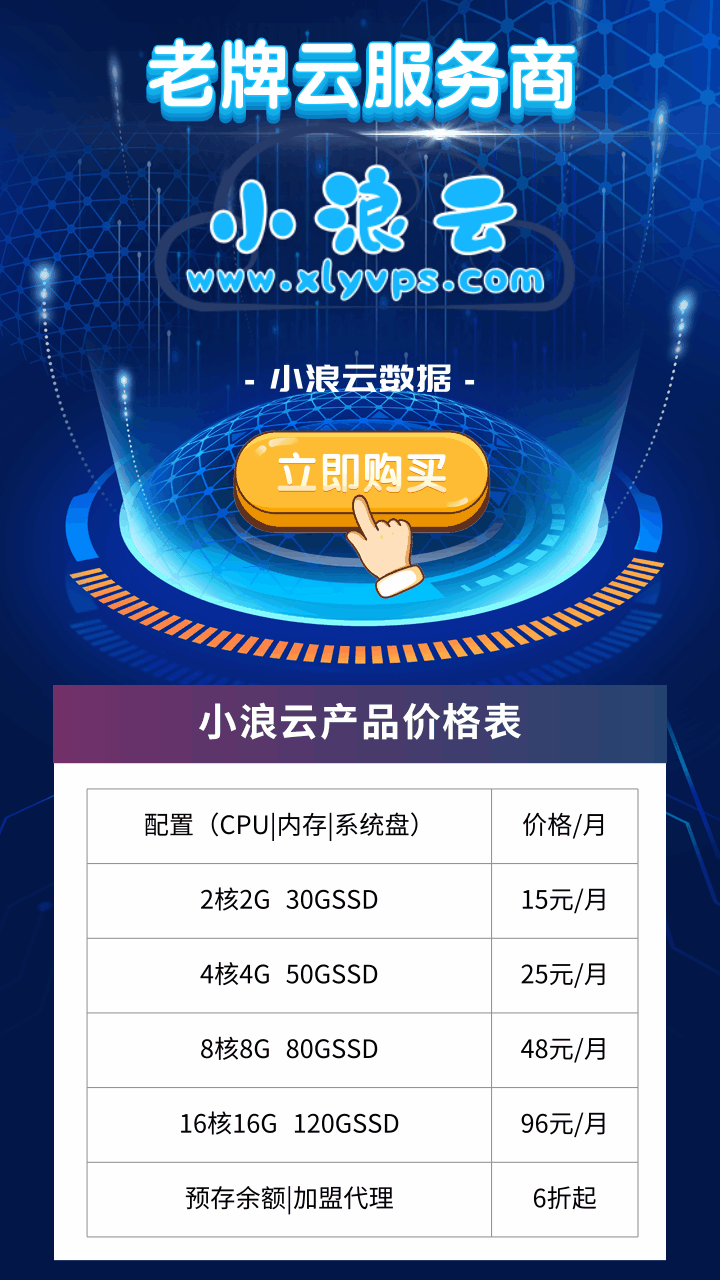
移动端页面:固定头部、底部及可滚动内容区的css布局方案
移动端开发中,常见需求是:页面头部和底部固定,中间内容区域可上下滚动。本文将介绍几种css布局方法来实现此效果。 假设html结构包含头部(.head)、内容区(.content)和页脚(.foot)三个部分。
解决方案
1. position: fixed; 固定定位法
此方法利用固定定位固定头部和底部,内容区则可滚动。
html, body { height: 100%; margin: 0; padding: 0; } body { display: flex; flex-direction: column; } .head { position: fixed; top: 0; left: 0; right: 0; z-index: 1000; /* 确保头部在内容之上 */ background-color: #f8f8f8; padding: 10px; } .content { flex: 1; /* 占据剩余空间 */ overflow-y: auto; padding-top: 50px; /* 考虑头部高度 */ padding-bottom: 50px; /* 考虑底部高度 */ } .foot { position: fixed; bottom: 0; left: 0; right: 0; z-index: 1000; /* 确保底部在内容之上 */ background-color: #f8f8f8; padding: 10px; }
.head 和 .foot 使用 position: fixed; 固定,z-index 保证其在内容之上。.content 使用 flex: 1; 占据剩余空间,overflow-y: auto; 实现滚动。padding-top 和 padding-bottom 避免内容被头部和底部遮挡。
2. Flexbox 弹性盒子布局法
Flexbox 也能轻松实现此布局。
立即学习“前端免费学习笔记(深入)”;
html, body { height: 100%; margin: 0; padding: 0; } body { display: flex; flex-direction: column; } .head { flex-shrink: 0; /* 防止头部收缩 */ height: 50px; /* 固定头部高度 */ background-color: #f8f8f8; padding: 10px; } .content { flex: 1; /* 占据剩余空间 */ overflow-y: auto; background-color: #ffffff; } .foot { flex-shrink: 0; /* 防止底部收缩 */ height: 50px; /* 固定底部高度 */ background-color: #f8f8f8; padding: 10px; }
头部和底部使用 flex-shrink: 0; 防止其收缩,height 属性设置固定高度。.content 使用 flex: 1; 占据剩余空间,并设置滚动。
3. Grid 网格布局法
Grid 布局同样适用。
html, body { height: 100%; margin: 0; padding: 0; } body { display: grid; grid-template-rows: 50px 1fr 50px; /* 定义头部、内容区、底部高度 */ } .head { background-color: #f8f8f8; padding: 10px; } .content { overflow-y: auto; background-color: #ffffff; } .foot { background-color: #f8f8f8; padding: 10px; }
grid-template-rows 直接定义了头部、内容区和底部的行高,1fr 表示内容区占据剩余空间。.content 设置滚动。
以上三种方法都能实现目标布局,选择哪种方法取决于个人偏好和项目需求。 记得根据实际情况调整头部和底部的高度以及样式。
© 版权声明
文章版权归作者所有,未经允许请勿转载。
THE END













